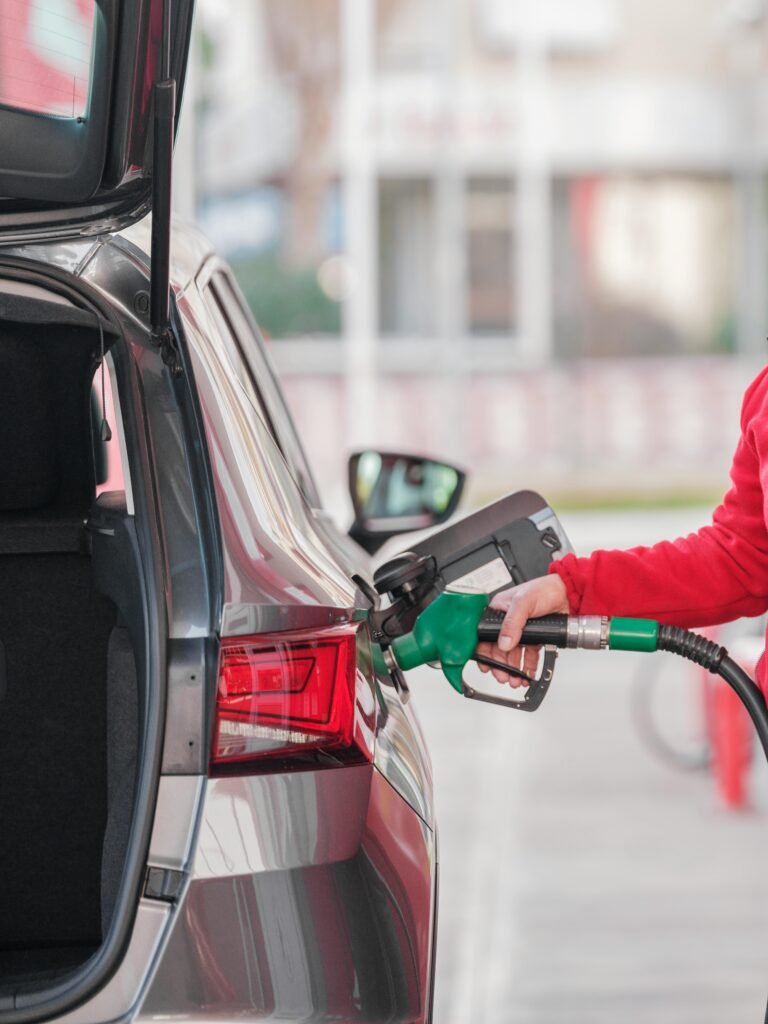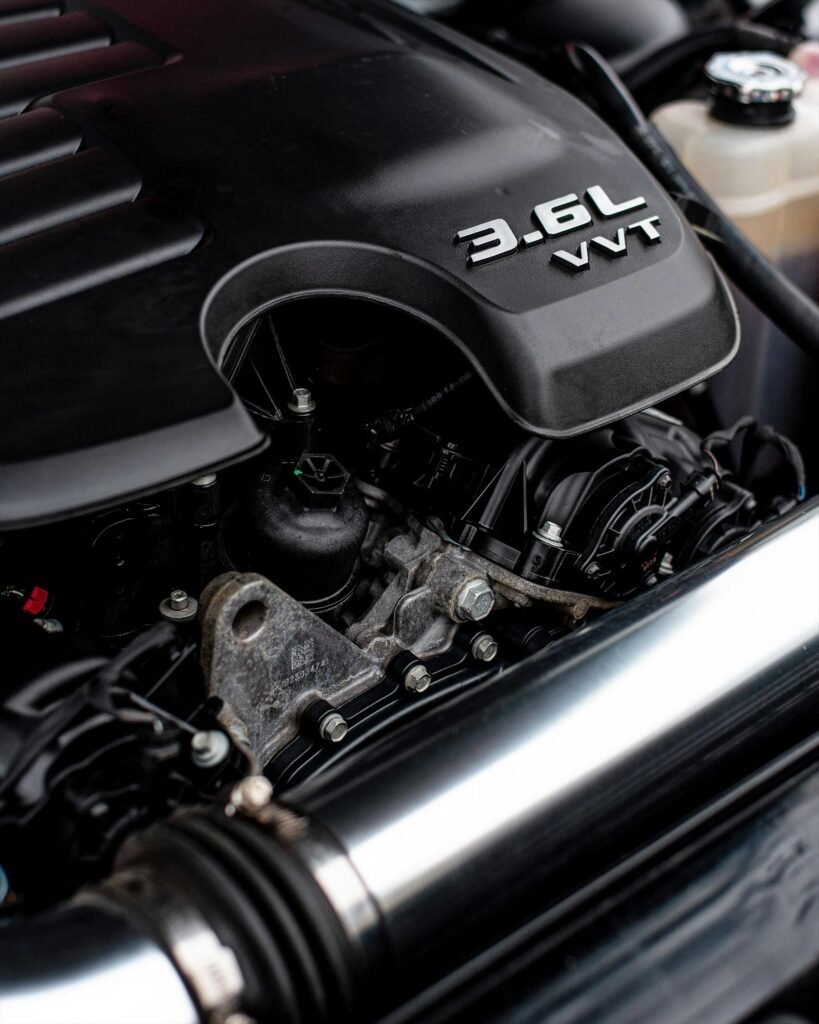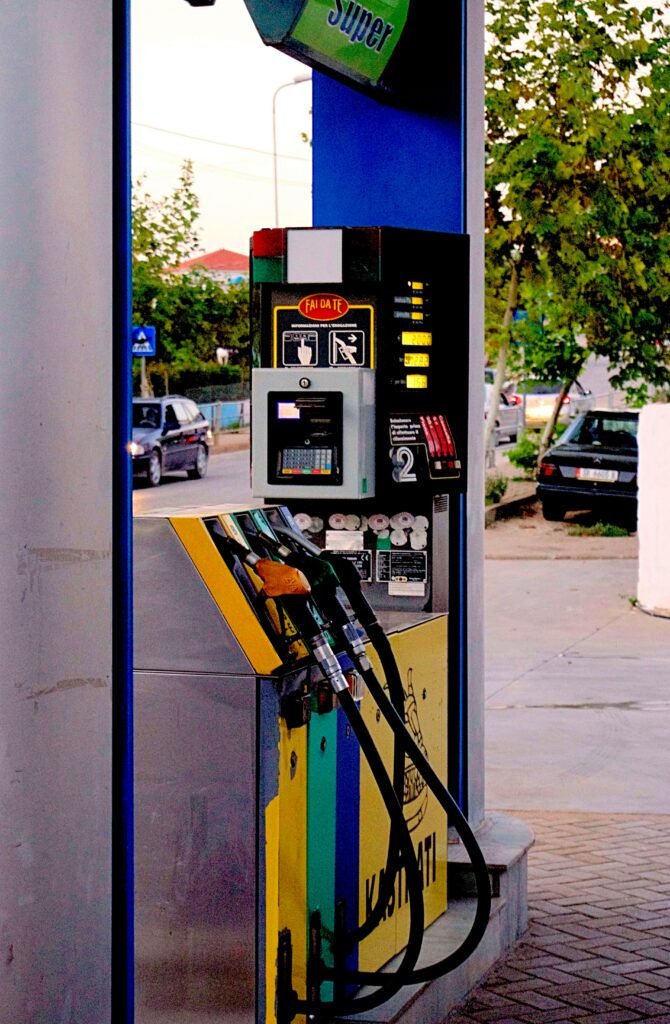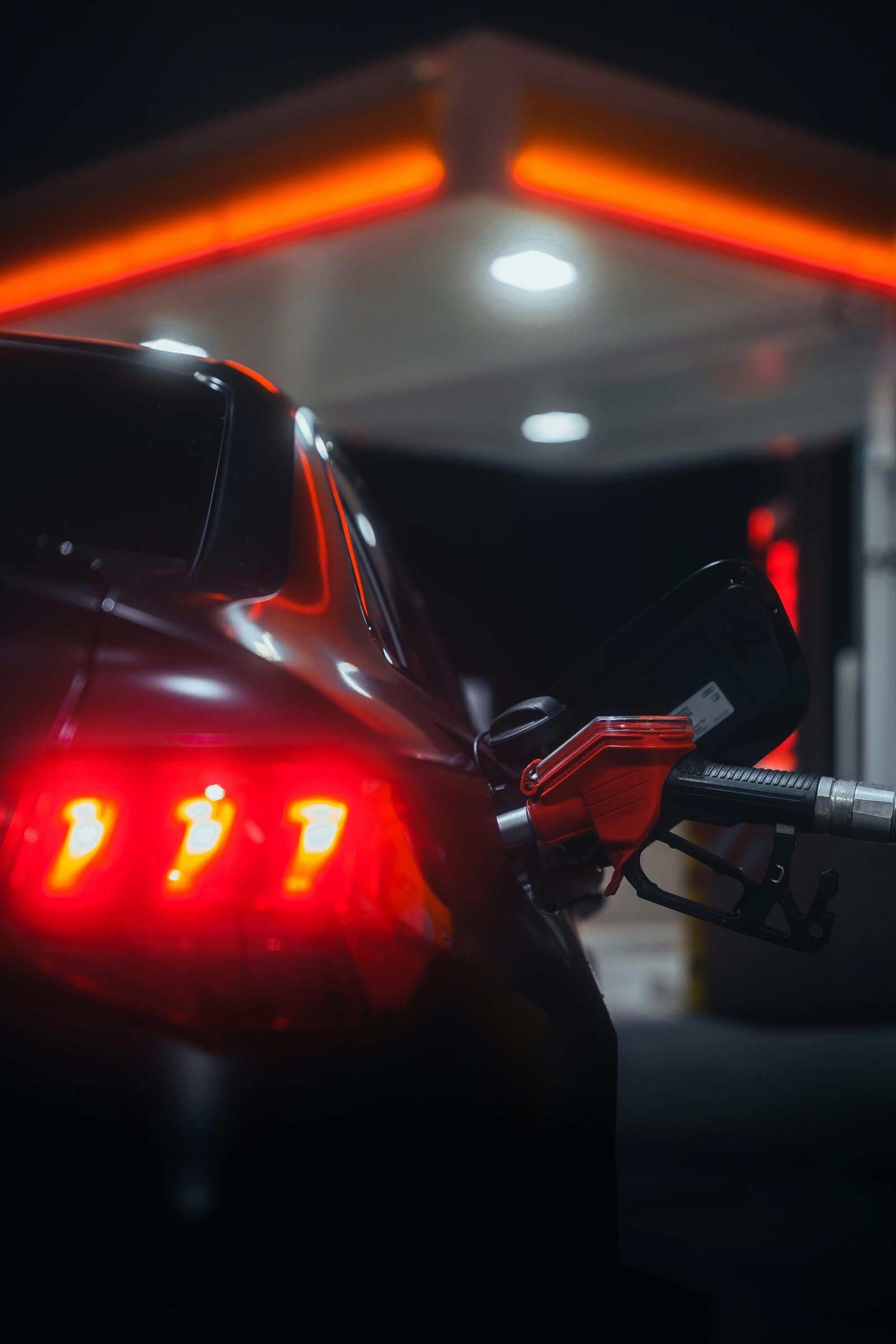Table of Contents
Cars Fuel Efficiency
Your car’s improved fuel efficiency creates both reduced expenses for your budget and environmental benefits. Efficiency in fuel usage becomes easier to achieve than people realize, regardless of your driving purpose.

How to Boost Your Cars Fuel Efficiency
1. Drive Smoothly and Steadily
Fuel-wasting driving starts when you begin quickly and includes both hard braking and quick acceleration. Your car engine remains stable when you drive smoothly, therefore making your fuel go further.
How to Boost Your Car’s Fuel Efficiency
- A controlled two-second period should pass you from zero to twenty kilometers per hour.
- Apply gentle force on your vehicle brakes instead of performing sudden brake application.
- Driving at a uniform speed becomes essential when traveling on highways.
- When conditions allow a driver to use cruise control, this system helps control speed, which prevents extra fuel burn.
2. Avoid Excessive Idling
When you leave your car engine running while stationary, it consumes absolutely zero fuel. Your modern engine runs better after restarting than resting in the idle state for extensive times.
What to do:
- Turn the engine off whenever you stop for more than one minute without neglecting the traffic situation.
- Car warm-up should be accomplished by driving rather than using engine idling in wintertime.
- Ensure your vehicle utilizes the auto stop/start function when it has this technology available.
3. Watch Your Speed
The combination of higher risk of accidents with speed creates one of the main sources of increased fuel burn. Your vehicle reaches maximum fuel efficiency within the speed range of 50–80 km/h (30–50 mph).
Why it matters:
- Traveling at 120 km/h results in fuel consumption that surpasses 100 km/h by 20 percent.
- Decelerating slightly will lead to better mileage results while requiring only small time investments.
4. Maintain Proper Tire Pressure
Car engines have to push more power when tires run with low pressure because it causes higher rolling resistance. The condition of your tires will deteriorate faster when pressure is too low while safety measures become less effective.
Best practices:
- Inspect tire pressure once a month because tires maintain their accurate readings when they are cold.
- Tires should receive inflation pressure based on the indication provided on the driver’s door frame.
- Even a minor 8 PSI underinflation results in a 4% rise in fuel consumption.
5. Lighten the Load
Cars that weigh more require greater amounts of fuel for operation. Your fuel expenses may increase because of superfluous items that you are carrying in your trunk or cabin.
Efficiency tip:
Remove:
- Webb and other performance equipment should be removed when they rest between uses.
- Roof racks and carriers attached to the vehicle’s exterior create aerodynamic drag when left on the automobile unless being used.
- The combined weight of unused car seats along with heavy cargo materials inside the vehicle
Vehicle fuel efficiency drops by 1% for each additional 25 kilograms (55 pounds) you keep inside the vehicle.

6. Use Air Conditioning Wisely
An engine will consume excess fuel when running your air conditioner and it increases usage by 20% during operation.
Fuel-saving habits:
- During driving in the city, limit your A/C use.
- During highway drives, keep the recirculation mode active in your car instead of enabling continuous fresh air cooling.
- Window ventilation should be used instead of air conditioning when temperatures are low.
7. Manual Drivers Should Change Gear Smoothly (for Manual Transmission Use)
Wind a manual transmission car while driving and you create your gas expenses through your gear handling methods. Revolving above specified ranges depletes your gas, while using lower gears for extended periods stresses your motor.
Shift tips:
- Petrol engine drivers should shift between RPM ranges of 1,500 to 2,500.
- Diesel engine operators should work their RPM between 1,300 and 2,000 RPM.
- The engine should not experience either low RPM in high gears or redline operation.
8. Maintain your vehicle at peak operational standards
An engine operating at its optimal condition consumes fuel better. Ignoring maintenance duties can create engine clogging as well as engine misfires, together with excessive friction that requires additional fuel consumption.
Essential maintenance tips:
- Change air filters regularly.
- Select either the manual or the synthetic-based oil that had been recommended for your specific vehicle.
- Regular checks of fuel injectors combined with spark plug replacement should be done when car performance starts to decline.
- Your vehicle requires wheel alignment since this misalignment creates fuel waste by increasing drag factors.
9. Plan Your Routes Smartly
Short, cold-engine trips are fuel-inefficient. Drive to all errands during one trip to allow your engine to operate within its comfort temperature range.
Planning strategies:
- GPS tools, along with mobile applications, will show you the best paths to dodge heavy traffic.
- It is advisable to select transportation paths that include minimal stoplights along with continuous traffic flow.
- You should steer clear of busy traffic times when choosing to drive.
10. Track Your Fuel Usage
The ability to enhance something depends completely on measuring it. Monitoring your fuel consumption will make it easier to detect both engine system breakdowns and problematic driving routines.
How to track:
- Most newer cars feature onboard fuel economy indicators accessible in the dashboard.
- Log fuel-ups and mileage manually or with apps.
- Malfunction detection becomes possible through regular observation of your vehicle’s MPG pattern over time.

Drive Less When It Is Possible for Additional Savings
The best way to save fuel?
Drive less.
Try alternatives like
- Walking or biking short distances
- Carpooling with coworkers or friends
- Using public transportation
- The option to work remotely is available to those who hold suitable positions at their workplace.
Fewer trips behind the wheel lead to reduced vehicle deterioration as well as decreased environmental impact and lower expense on gasoline.
Final Thoughts
Every motorist should practice fuel efficiency regardless of their environmental views or strict fuel-saving techniques. Adjusting your driving mechanisms together with routine car maintenance and slight lifestyle alterations can significantly cut your fuel usage, although you will retain both convenience and performance capabilities.
The easy measures provided here allow both daily commuters and weekend travelers to reach further distances using less fuel while promoting environmental sustainability.



